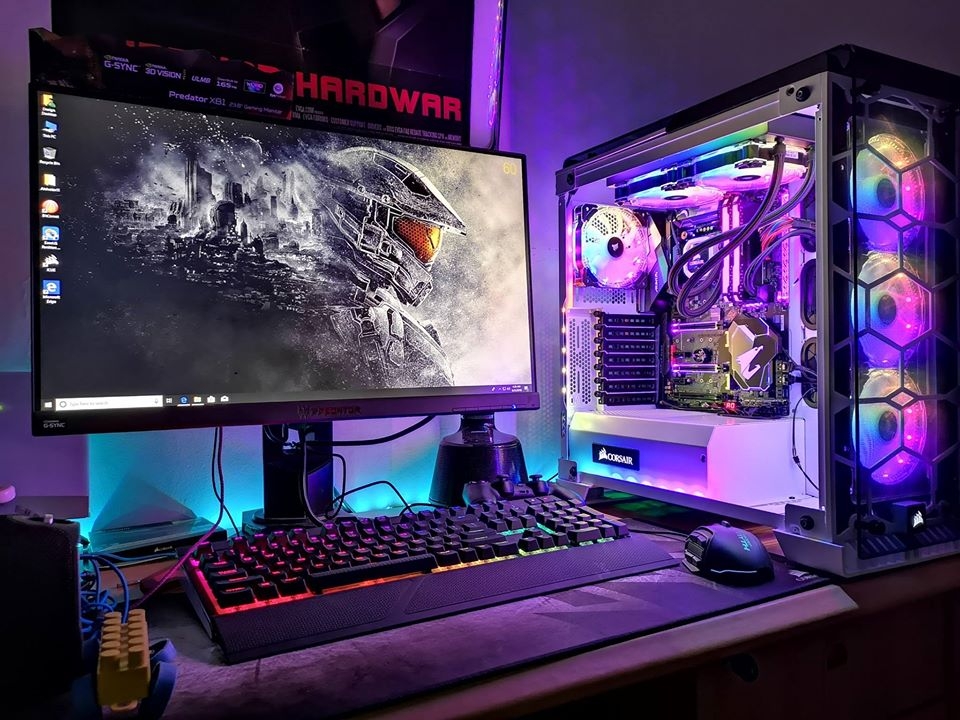AAVE: Guides for Beginners to Get Started with the Cryto
 |
| AAVE. Photo: Blockchain News |
What is Aave?
Aave is an Ethereum-based money market where users can borrow and lend a wide variety of digital assets, from stablecoins to altcoins. The Aave protocol is governed by AAVE holders.
It will be hard to understand what the AAVE token is without understanding the underlying Aave protocol, so let's dive in.
How Aave works
The new-and-improved Aave is similar in concept to ETHLend. Both allow Ethereum users to obtain cryptocurrency loans or earn a return by lending out their holdings. But, at their core, they are different.
Aave is an algorithmic money market, meaning loans are obtained from a pool instead of being individually matched to a lender.
The interest rate charged is dependent on the "utilization rate" of the assets in a pool. If nearly all assets in a pool are used, the interest rate is high to entice liquidity providers to deposit more capital. If nearly no assets in a pool are used, the interest rate charged is low to entice borrowing.
Aave also allows users to take out loans in a different cryptocurrency than they deposited. For instance, a user may deposit Ethereum (ETH), then withdraw stablecoins to deposit into Yearn.finance (YFI) to earn a regular yield.
Like ETHLend, all loans are overcollateralized. This means that if one wanted to borrow $100 worth of cryptocurrency through Aave, they would need to deposit more than that amount.
Due to the volatility of cryptocurrencies, Aave includes a liquidation process. If the collateral you provide falls under the collateralization ratio specified by the protocol, your collateral may be liquidated. Note that a fee is charged in case of liquidations. Make sure you understand the risks of depositing funds into Aave before posting collateral, as reported by Binance Acadamy.
How to get started with Aave?
First of all, you need to decide if you want to lend your coins to earn an interest or if you want to borrow crypto. Both options require you to connect a web 3.0 wallet like Metamask, Ledger, MyEtherWallet or Coinbase wallet.
*Also Read: What is AAVE - How it works, Features and Characteristic, Road Map
How to connect a web 3.0 wallet?
Metamask is a web 3.0 wallet Chrome extension for Firefox and Chrome. You need to use one of these two browsers to connect your wallet. Make sure you download the official extension from the official wallet, there are a lot of fake wallets around that will steal your coins.
Install the browser extension from the official website and activate it.
Create an account and create a backup of your backup phrase (offline!).
You can use your generated Ethereum wallet, connect your existing ETH wallet with your private key or connect your Coinbase wallet.
Transfer funds (Ethereum) to your chosen wallet.
You can also easily connect your Ledger or MyEtherWallet.
How to lend your tokens (deposit) and earn interest
You can visit the Aave app by visiting this link. Make sure that you connect of the supported wallets and you choose the right market.
Deposits on Aave can be accessed by visiting the Deposit section on its website. This provides you with a list of supported cryptocurrencies from which you choose your preferred coin and the amount to deposit. Behind every currency you can see an estimation of the (yearly) interest.
How to deposit Aave?
The interests are not fixed because they depend on prevailing market conditions. Interest paid to lenders is based on the borrowing rate and the utilization rate. Note that depositors earn a higher yield when the utilization rate is high. Also, depositors access a share of the flash loans’ fees at the rate of 0.063 percent of the flash loan volume (more on flash loans later).
Although deposits don’t attract a cap on the deposited amount, depositing meager amounts may not be logical because the transaction cost may exceed the rewards.
Aave has an interest-based token, aToken, focused on depositors. aToken has a ratio of 1:1 to the deposited token.
How to borrow crypto using Aave?
 |
| Photo: Blockchain News |
To borrow, visit Aave and head over to the Borrow section and choose the crypto and select the amount. Note that you need to deposit an asset that will act as the collateral. The collateral determines the amount you’re eligible to borrow. Apart from the collateral provided, the maximum amount can also be influenced by the available liquidity of the asset you want to borrow. Choose between variable or stable rate to finish the process.
The Aave steady rate is a short-term fixed-rate with the option to re-align in the future depending on market changes. Aave’s variable rate, on the other hand, is calculated from the demand and supply rate on the protocol.
Loan repayment is made using the ‘repay’ option on the borrowing part of the Aave dashboard.
Liquidation in Aave
Liquidation happens when the borrower’s collateral value significantly drops and does not effectively cover the loan or the remaining part of their debt. Two scenarios can ignite this. The value of the collateral can fall, or the value of the borrowed debt rises, leaving part of it exposed.
The Aave protocol has different liquidation penalties depending on the collateral type. Liquidations can be avoided by providing more collateral or repaying sections of a loan. Note that liquidators receive a liquidation bonus.
Aave token (LEND), AAVE, and staking
The Aave protocol has a native currency called LEND. Sometimes called ETHLend (the old name), the token has a total supply of 1,299,999,942 tokens. LEND is developed using Ethereum’s ERC-20 standards. Aave’s native coin is used to receive discounts on transaction fees. Also, LEND investors receive a share of the platform’s transaction fees for securing the platform.
As with native token’s on other decentralized finance platforms, LEND provides voting rights on governance issues initiated through Aave improvement proposals (AIPs). Voters can use their tokens even if they are used as collateral.
Challenges for AaveOne challenge Aave faces is the fact that all loans are overcollateralized. Unlike the traditional financial system, there is no credit score system or procedure to systematically determine whether the borrower will be able to pay the loan back with interest. This means that, unlike traditional loans offered by banks, which may require little formal collateralization, Aave users have to lock up cryptocurrencies worth much more than the loan they request. Such limitation implies that Aave is a capital inefficient system. Aave requires users to commit large amounts of capital to obtain loans, making it hard for small users. While this is done to protect creditors, this system naturally limits the size of Aave's aggregated debt. |
For more interesting news of KnowInsiders, check out below!
 Guides for 12 zodiac signs to earn more money in 2021 Guides for 12 zodiac signs to earn more money in 2021 Despite trying your best at the office, you can not increase your bank accounts. The problems might come from your negative traits and here are ... |
 Facts about Apple Car and Its 'Breakthrough Battery Technology'? Facts about Apple Car and Its 'Breakthrough Battery Technology'? Facts about: The car project appears to be back on and Apple Car could begin production in 2024 with ‘breakthrough battery technology’. |
 Top 9 Latest Technology Trends in 2021 Top 9 Latest Technology Trends in 2021 Technology is evolving very fast. As the world's foremost tech news contributor, it is our duty to keep everyone updated with the newest trends of ... |


























